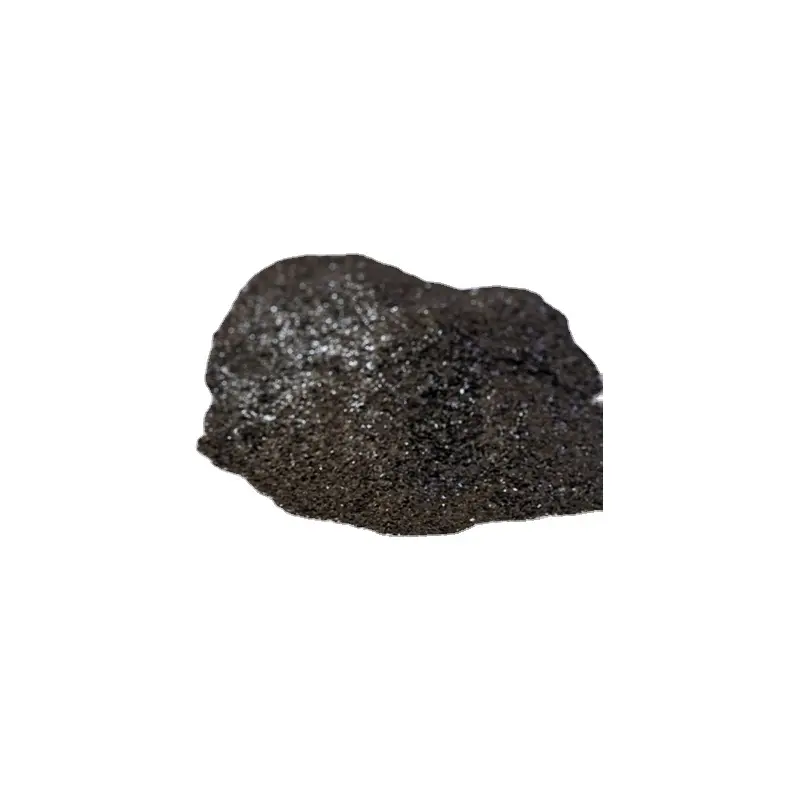In metallurgy and material science, the graphite crucible is an indispensable tool. It’s a vital component for processes that require melting, casting, or heat treating at extremely high temperatures. Unlike other materials, graphite possesses a unique combination of thermal, chemical, and physical properties that make it the ideal choice for demanding applications. This article will explore why a high-quality graphite crucible is a cornerstone of modern industrial processes, from precious metals casting to semiconductor manufacturing.
Why a Graphite Crucible is the Best Choice for Your Business
Selecting the right crucible material is a foundational decision that impacts the quality of your final product and the efficiency of your operations. Here’s why graphite stands out:
- Exceptional Thermal Resistance: Graphite can withstand temperatures exceeding 3000°C (5432°F) in non-oxidizing environments. This makes it perfect for melting a wide range of materials, including gold, silver, aluminum, and various alloys, without deforming or breaking down.
- Superior Thermal Conductivity: Graphite’s excellent ability to conduct heat ensures that the heat is evenly distributed throughout the crucible, leading to faster and more uniform melting. This not only speeds up the process but also reduces energy consumption.
- Chemical Inertness: Graphite is highly resistant to chemical attack from most molten metals and corrosive materials. This inertness is crucial for maintaining the purity of the molten substance, preventing contamination that could compromise the final product’s quality.
- Low Thermal Expansion: A key property of graphite is its low coefficient of thermal expansion. This means it won’t expand or contract significantly when heated and cooled, preventing cracks and thermal shock that are common in other crucible materials.
- Self-Lubricating Properties: The natural lubricity of graphite makes it easy to handle and helps prevent the molten material from sticking to the crucible walls, simplifying the casting process and extending the crucible’s life.
Key Factors to Consider When Selecting a Graphite Crucible
Choosing the right graphite crucible is critical for your specific application. Pay close attention to these key factors to ensure you get the best performance.
- Graphite Grade and Purity:
- The purity of the graphite is essential for applications involving high-purity materials. Look for grades like high-purity isostatic graphite for semiconductor or precious metal melting.
- Different grades offer varying levels of density, strength, and thermal conductivity.
- Size and Shape:
- Crucible Capacity: Determine the volume of material you need to melt. Crucial to select a crucible with the right capacity to match your batch size.
- Shape: Standard shapes include conical, cylindrical, and special designs for specific furnaces or applications.
- Application Environment:
- Atmosphere: Graphite oxidizes in the presence of oxygen at high temperatures. For applications above 500°C (932°F), a protective atmosphere (e.g., argon, nitrogen) or a vacuum furnace is required to prevent deterioration.
- Material to be Melted: Different molten metals can have unique interactions with graphite. Ensure the grade you choose is compatible with your material to prevent contamination.
Summary
The graphite crucible is a critical component for any high-temperature melting operation, offering an unparalleled combination of thermal resistance, conductivity, and chemical inertness. By carefully selecting the appropriate grade, size, and accounting for the operating environment, businesses can ensure efficient, high-quality, and contamination-free melting. Investing in the right graphite crucible is a fundamental step toward achieving precision and reliability in your metallurgical and material science processes.
FAQ
Q1: How long does a graphite crucible last? A: The lifespan of a graphite crucible varies greatly depending on the application, operating temperature, and material being melted. With proper care and use, a crucible can last for many melting cycles. However, extreme temperatures, thermal shock, and exposure to oxygen can shorten its life.
Q2: Can I use a graphite crucible to melt iron or steel? A: While graphite can withstand the melting temperatures of iron and steel, it is not recommended for these applications without proper precautions. Carbon from the graphite can be absorbed into the molten iron or steel, changing its composition and properties.
Q3: How do I care for a graphite crucible? A: To prolong its life, avoid thermal shock by heating it slowly. Keep the crucible clean and dry. Store it in a dry environment to prevent moisture absorption, and avoid physical damage during handling.
Q4: Is a graphite crucible safe to use? A: Yes, when used correctly. It is essential to operate it within its temperature limits and in a controlled atmosphere as recommended by the manufacturer. Proper handling and safety procedures must always be followed due to the high temperatures involved.
Post time: Aug-19-2025
